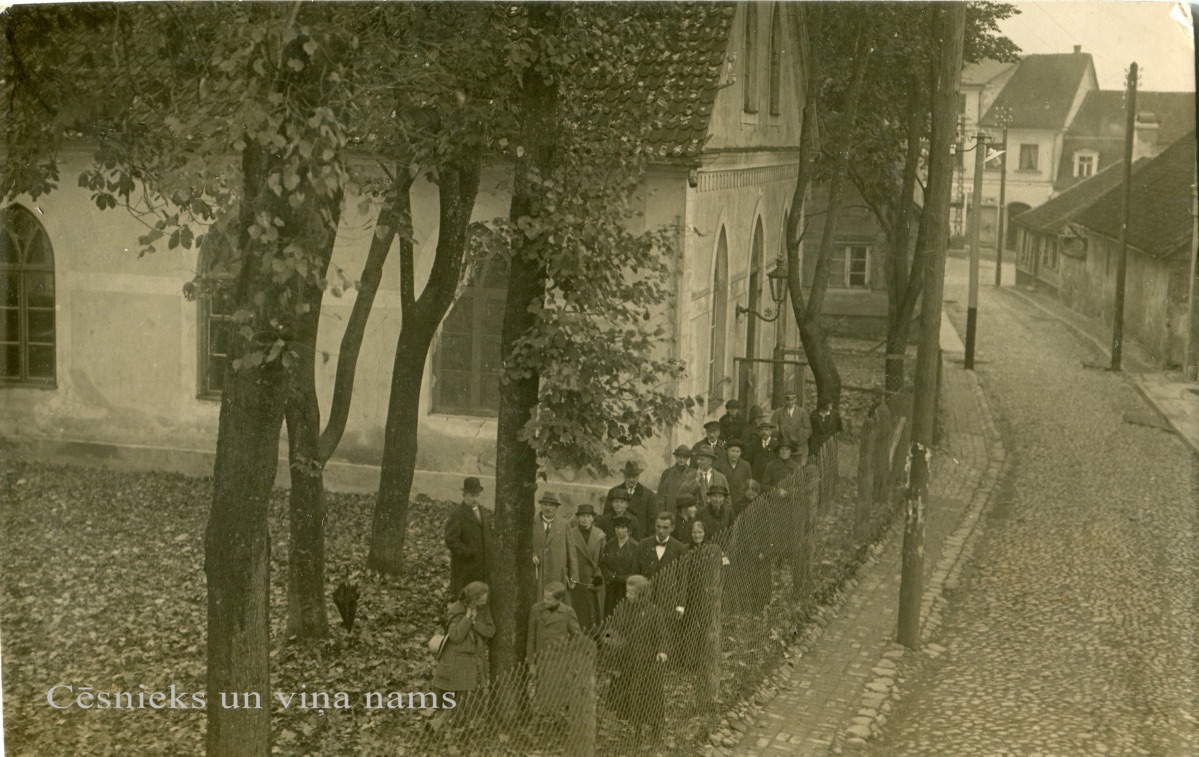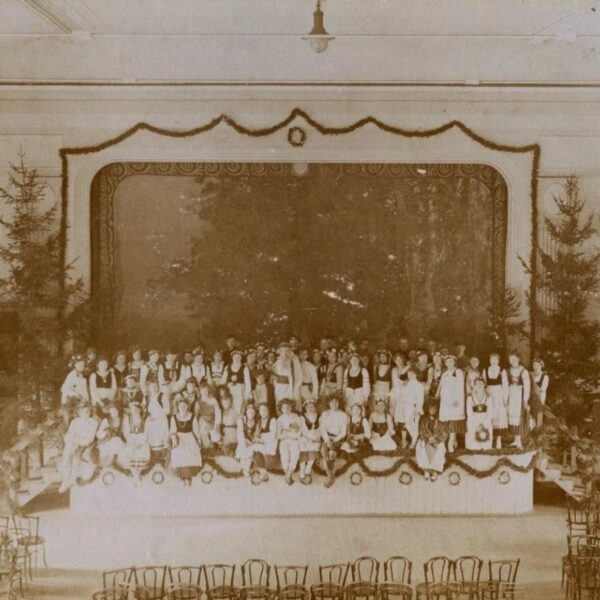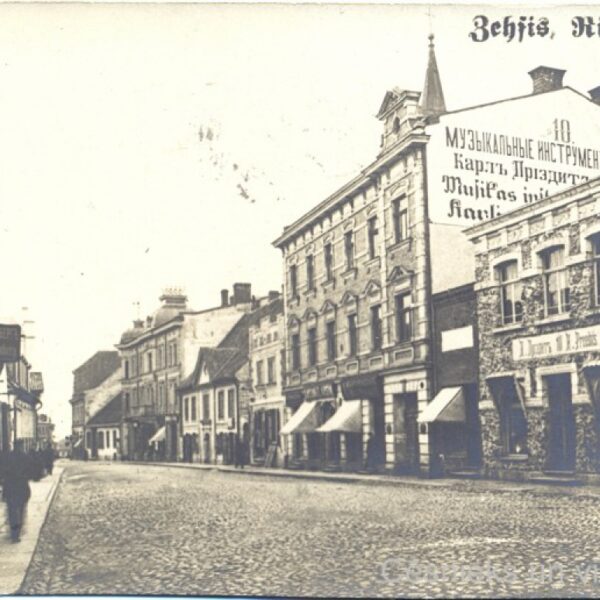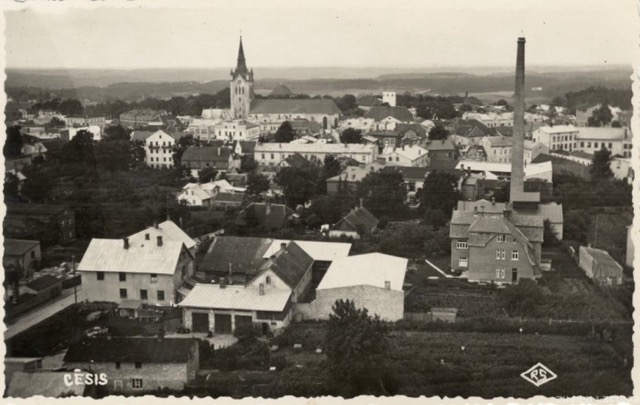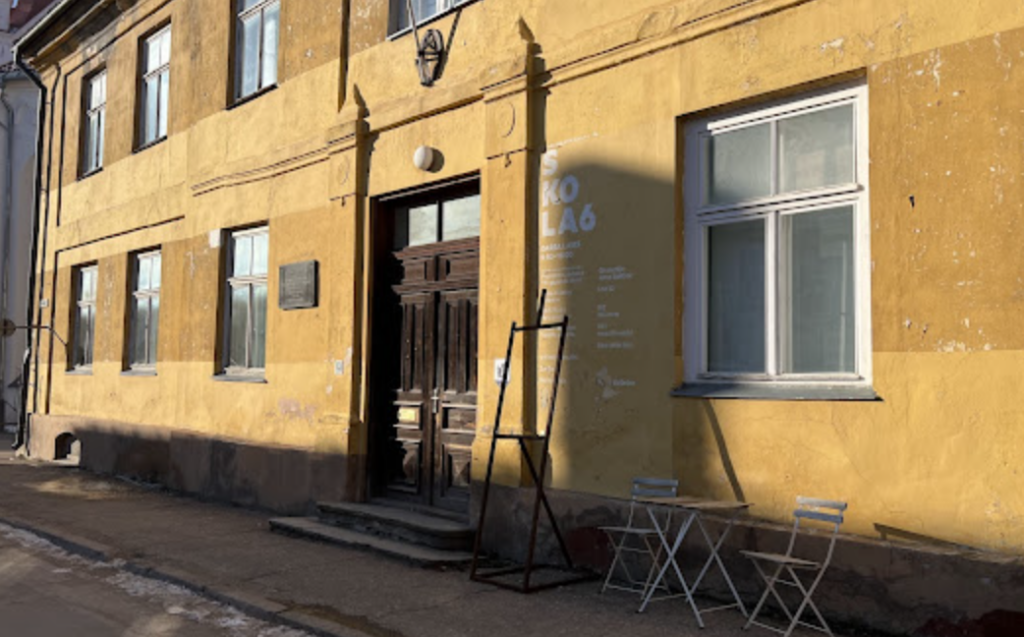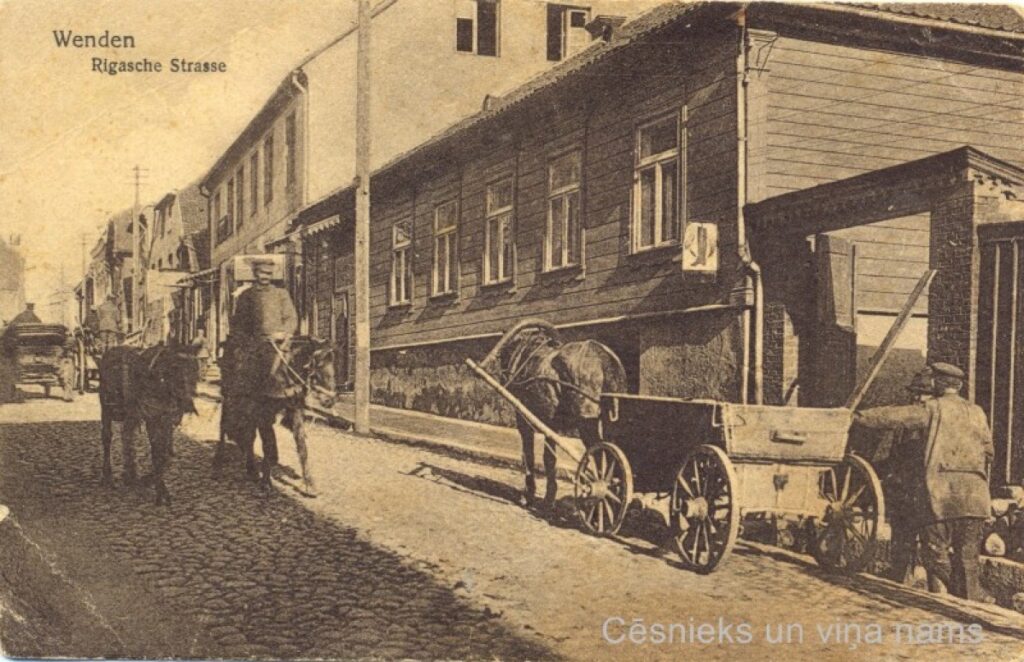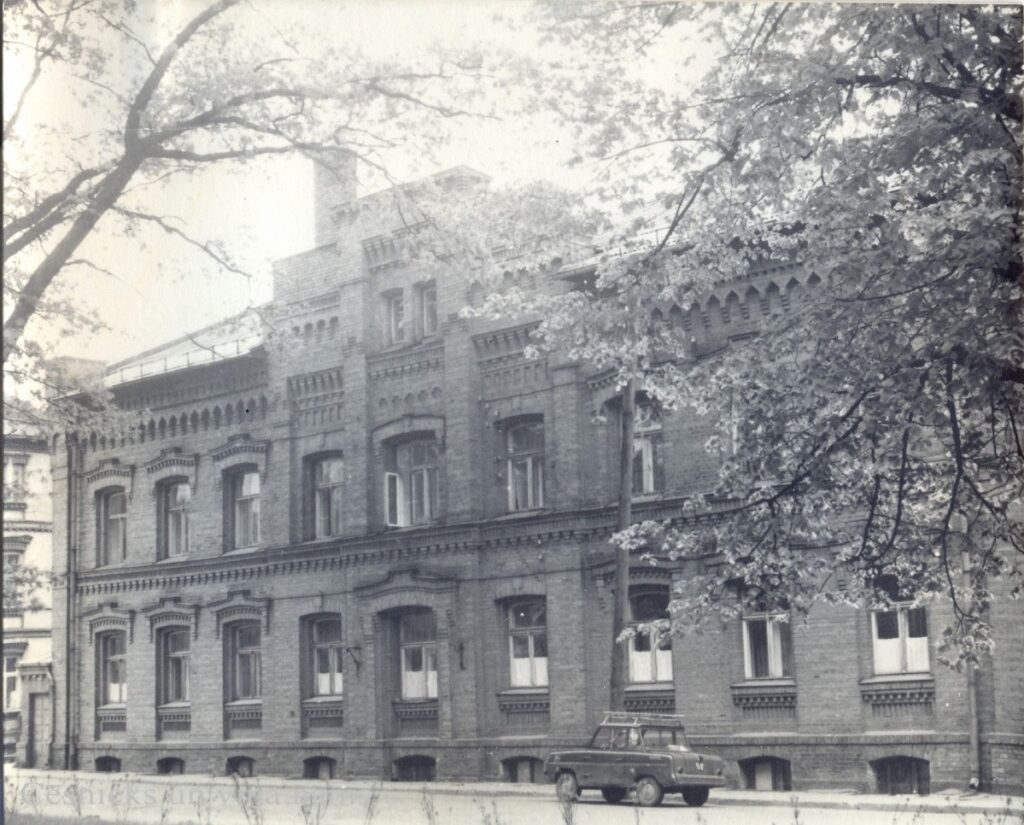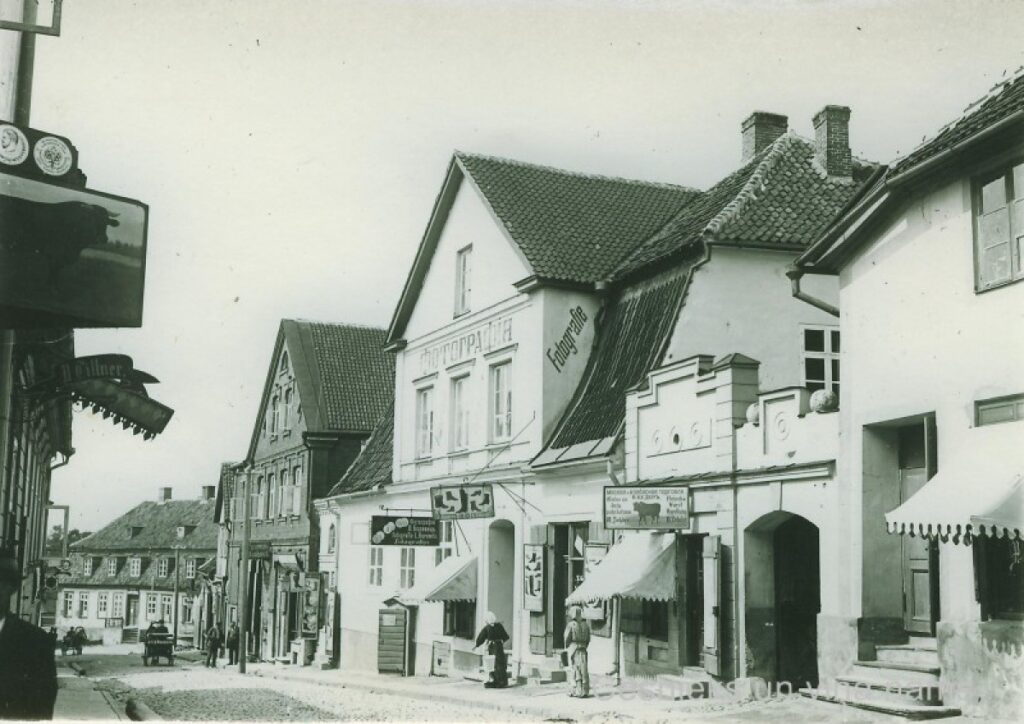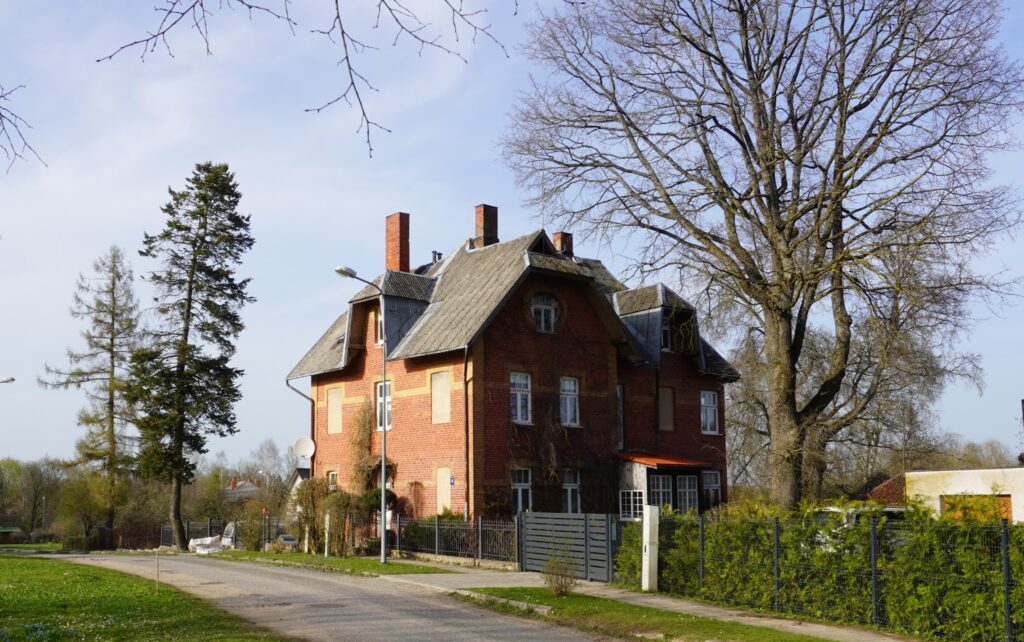The small and cozy Cēsis Anna Church or Prayer House hides centuries-old history that began even before the actual building was constructed. Where this architectural element of Cēsis old town stands today, an empty lot stretched out in the 17th century. 1693. The 1693 city house lot registry mentions that there was a garden plot here, which the council had given to their servant, but later it belonged to someone named Visman. At the end of the 18th century, the first building appeared in this spot – in 1786, tenant and master carpenter Martin Friedrich Bärer bought a wooden residential house from inspector Johann Ulrich Lange. After Bärer’s death, the property was inherited by his foster daughter Maria Dorothea Stålberg, who married tenant and master mason Johann Daniel Noll. Since the wooden house was already in bad condition, a new brick building with a facade parallel to Lielā Kalēju Street was built in its place. Interestingly, in 1815 the property was auctioned off, and the city of Cēsis bought it for 537 rubles, initially planning to use it for a girls’ school.
The building’s function changed in 1876, when construction of a new school building was started under pastor Johann von Holst’s leadership, most likely built by Pēteris Pētersons. However, in 1877, when the pastors changed, the new clergyman Gothard Firhufe set up a German congregation prayer house or “Bethaus” in the building instead of the planned Latvian children’s school. This began the building’s religious function, which continues to this day.
At the end of the 19th century, when Russification policies were implemented in the Russian Empire, Anna’s school, which partially used this building’s premises, was forced to stop operating in 1897. The Prayer House became an important German congregation center, where not only church services took place, but also pastors’ meetings, funeral ceremonies and other religious events. Initially it was mainly used by Baltic Germans, but in the 1930s, as the number of Baltic Germans decreased, the building was increasingly used by Cēsis city’s Latvian congregation.
1939. In 1939, after the Baltic Germans emigrated, the Cēsis German congregation was liquidated, and the Latvian congregation took over full use of the Prayer House. 1942. In 1942, significant renovation and repair work took place – an altar room was added to the building, ceiling vaults were created, which sculptor Rūdolfs Āboltiņš decorated with stylized oak leaves and acorn ornaments. Two altar windows were made in mosaic by the Fromhold firm in Riga according to designs by Cēsis resident, architect Kārlis Dzirkaļs. The renovated space could hold about 200 people.
Today the building belongs to the Latvian Evangelical Lutheran Church, and since 2021 it has been rented by the association “Anna’s Embassy,” whose goal is building management, renovation and organizing cultural events in this historic house. Like most old buildings, this one also faces various challenges – mainly damage caused by rot and woodworms, as well as roof problems. However, thanks to enthusiasts and local community support, the building is gradually being restored so it can serve as a cultural and arts space where theater performances and concerts take place, while preserving its historical heritage – including the organ and altar.
The materials used for the description are:
Dace Cepurīte, Mg. hist., Research “Cēsnieks un jego nams”
Collections of the Cesis Castle Museum and the Central Library

